The process of learning how to make gravy is fraught with mistakes. Here's how to fix 'em!
8 Mistakes You’re Probably Making with Homemade Gravy
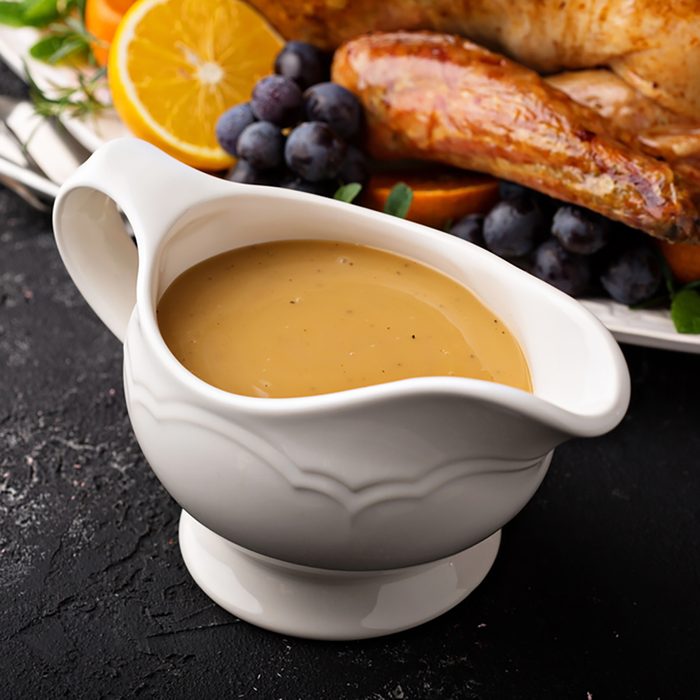
When we say something is “gravy,” we mean it’s a “luxury.” But the truth is, gravy isn’t a luxury—it’s an essential! It helps enhance the flavor of your roasted meats and brings together all the flavors on the table.
Grandma accentuated the positive when she taught us how to make gravy, but it’s also helpful to know how to avoid mistakes.
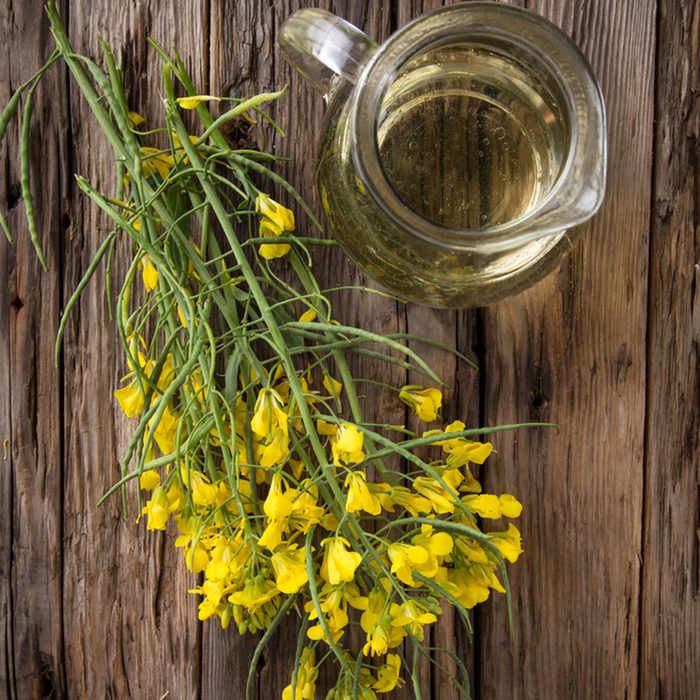
Skimping on the fat
Good gravy starts with fat. There’s simply no way around it. You’ll need a few tablespoons of a neutral fat (such as canola oil) to brown your aromatics. And, of course, you’ll need pan drippings to build your gravy’s flavor.

Shunning starch
In addition to fat, another gravy essential is starch, usually in the form of flour, cornstarch or something similar. Starch helps bind the elements of your gravy together and give it a substantial body. Here’s how to decide which starch to use.
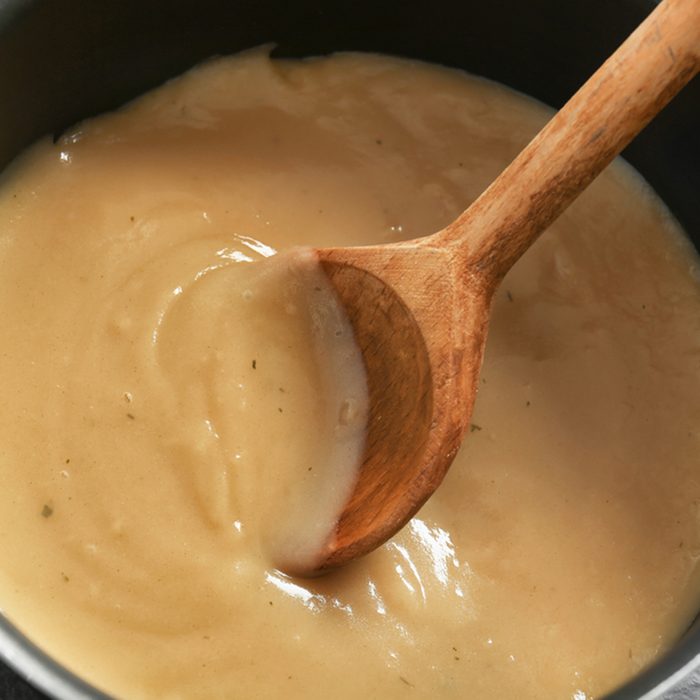
Skipping the roux
Before you can add starch to your gravy, you’ll need to blend the starch with fat. That’s what roux is: a smooth paste made from starch mixed with fat. We recommend a 1:1 ratio of starch to fat, and the consistency should resemble smooth, wet sand.

Adding liquid too quickly
In addition to fat and starch, gravy requires a liquid (such as broth). The liquid not only adds flavor but also increases the volume of the gravy so that it has time to cook down to an intense flavor without burning. But if you add the liquid too quickly, you’re going to risk lumps.
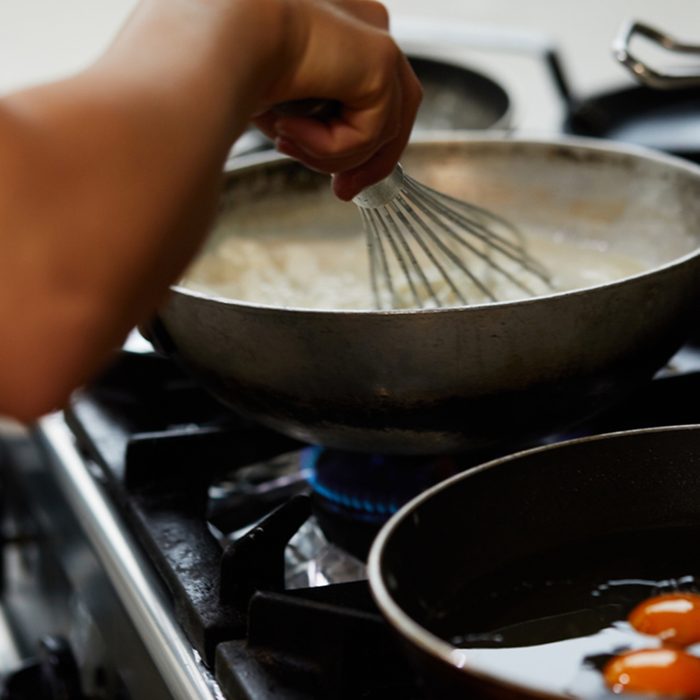
Not using a whisk
Speaking of blending, you’ll want to use a whisk. Along with adding your liquid gradually, a whisk helps in the fight against lumps. Sure, a fork would work, but a whisk is so much better. Keep whisking until your gravy boils and thickens (again, to avoid lumps).
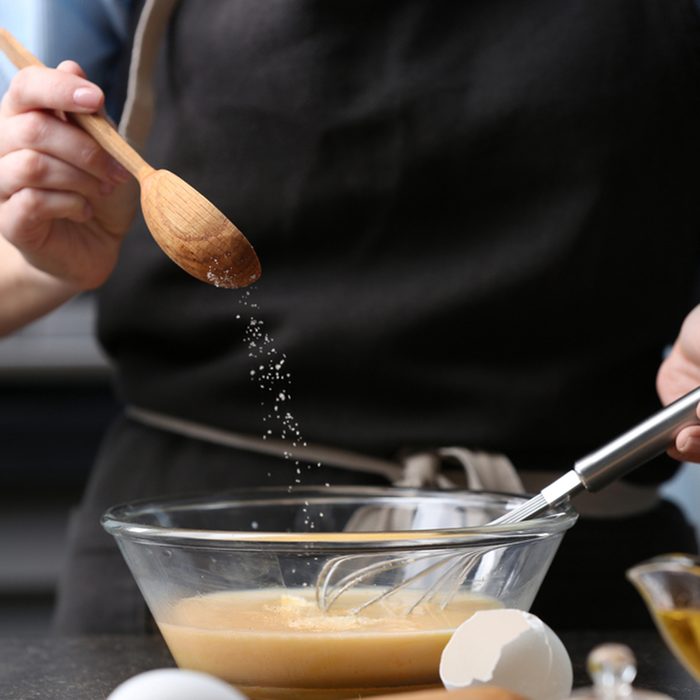
Seasoning before tasting
Since you’re building your gravy from pan drippings, your gravy’s flavor will reflect the seasoning used on your meat. In addition, whatever liquid you’re adding to your gravy will have its own flavors. Until the drippings and liquid come together, you won’t know what extra seasonings your gravy needs.

Not letting the gravy cool once
When you let your gravy cool once, the excess fat will rise to the top, and you can skim it off easily. Skipping this step can leave your gravy with a greasy mouth-feel. Plan to cool your gravy, then re-heat and serve.